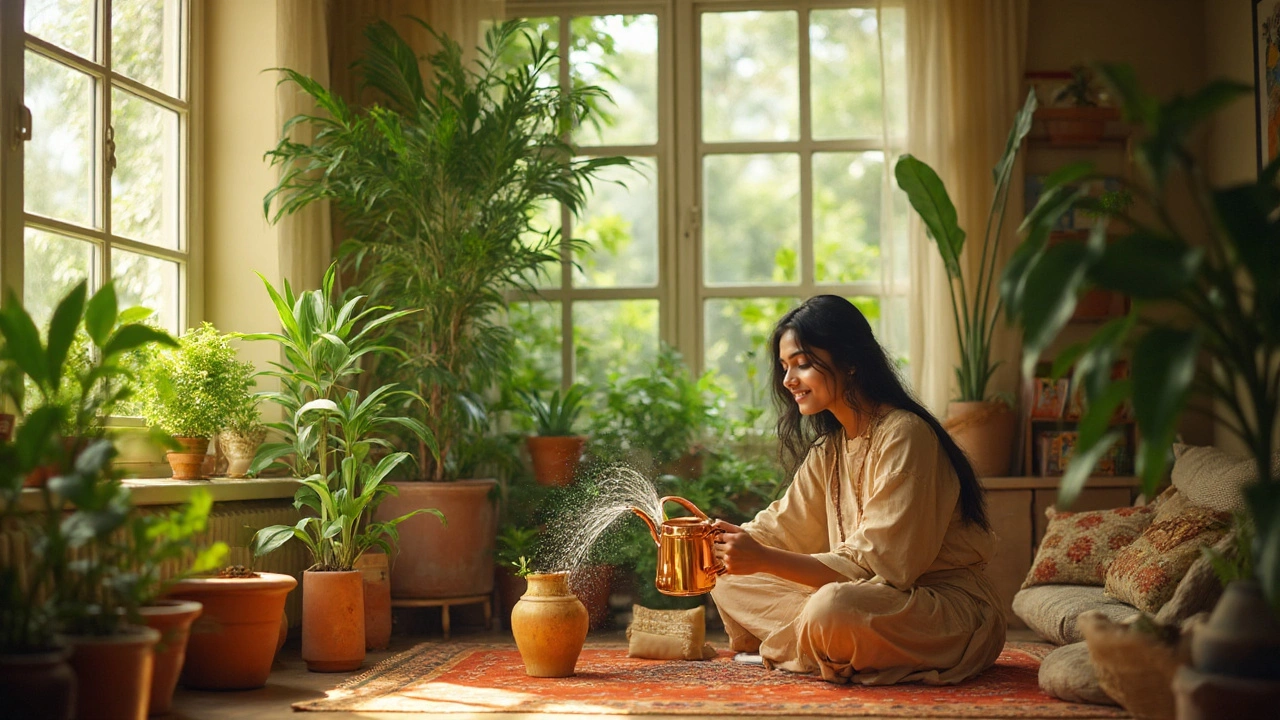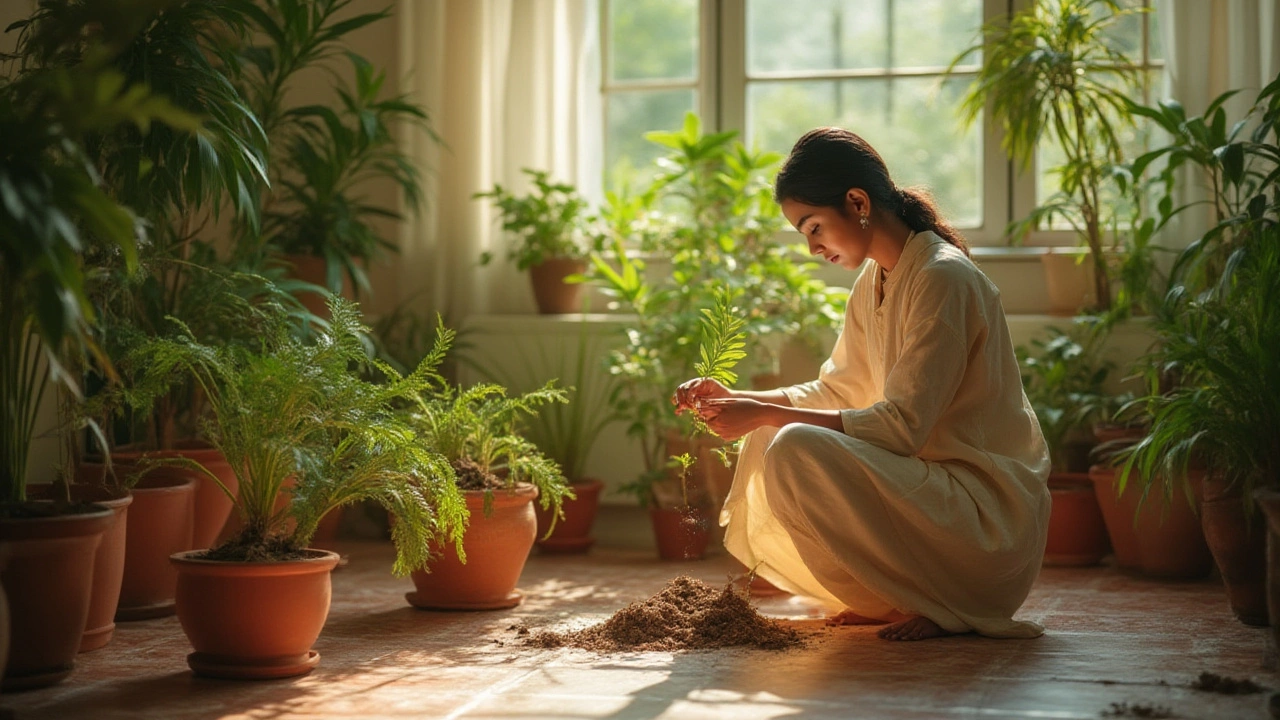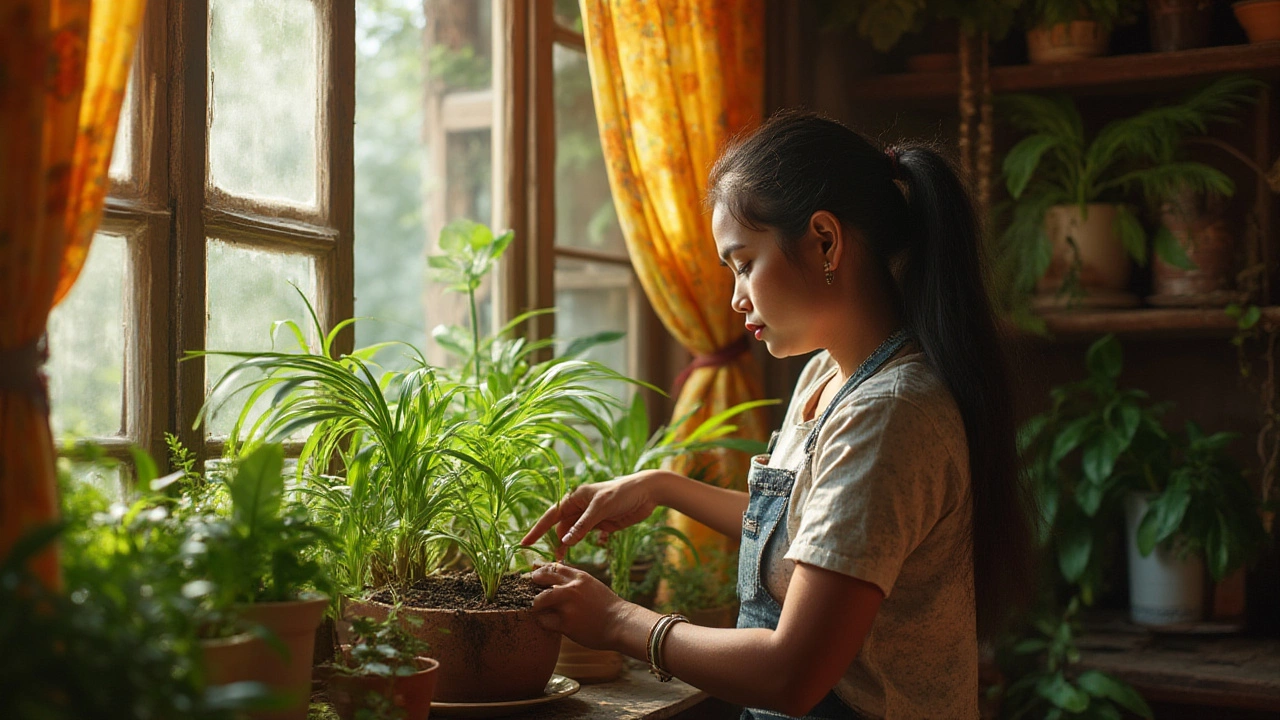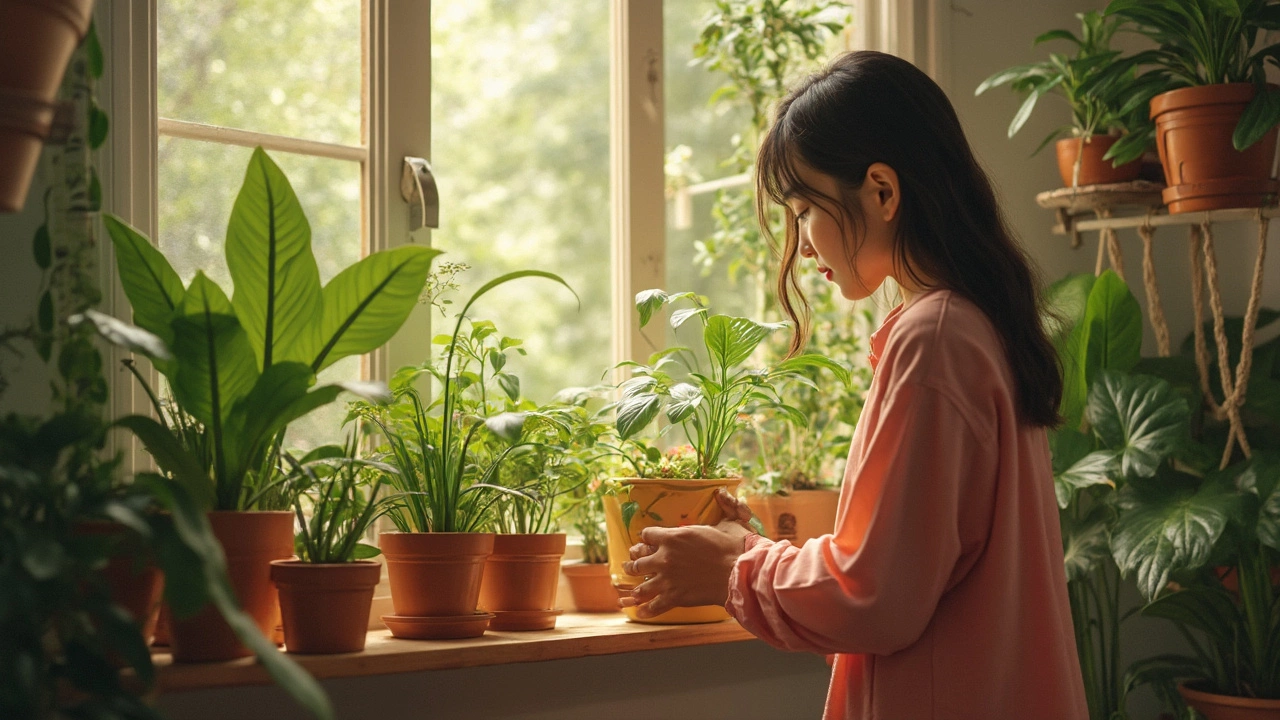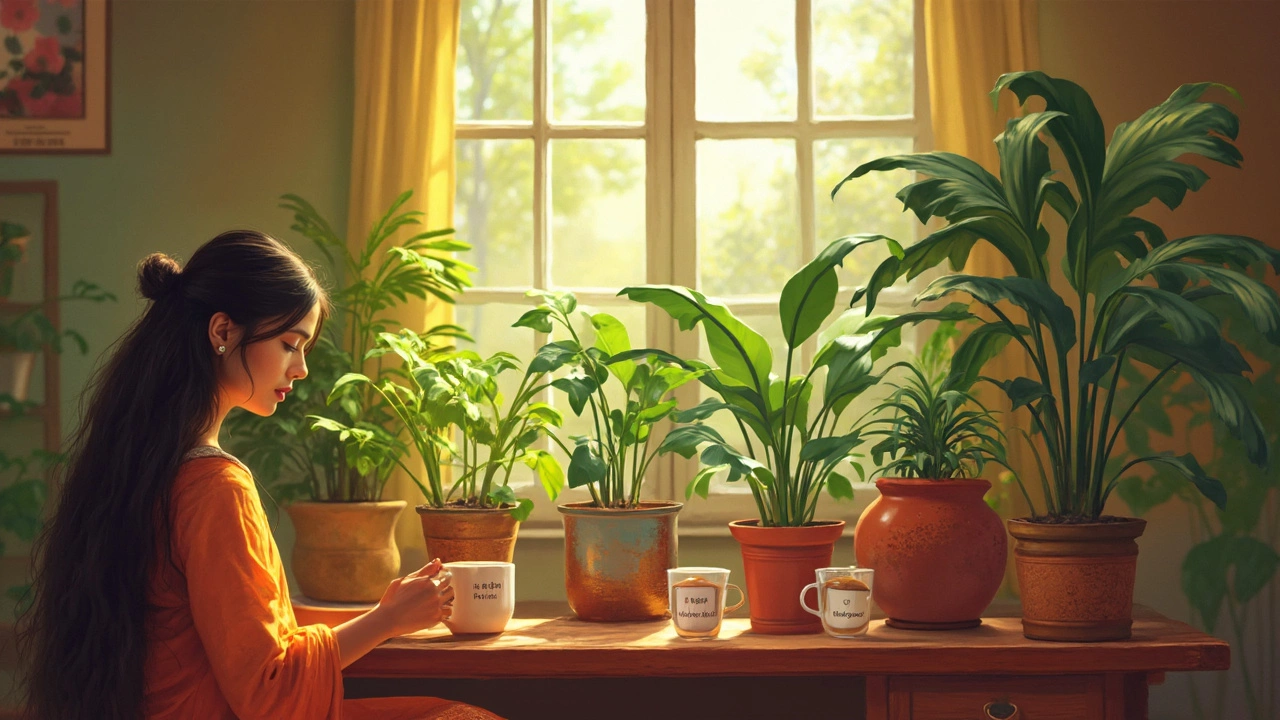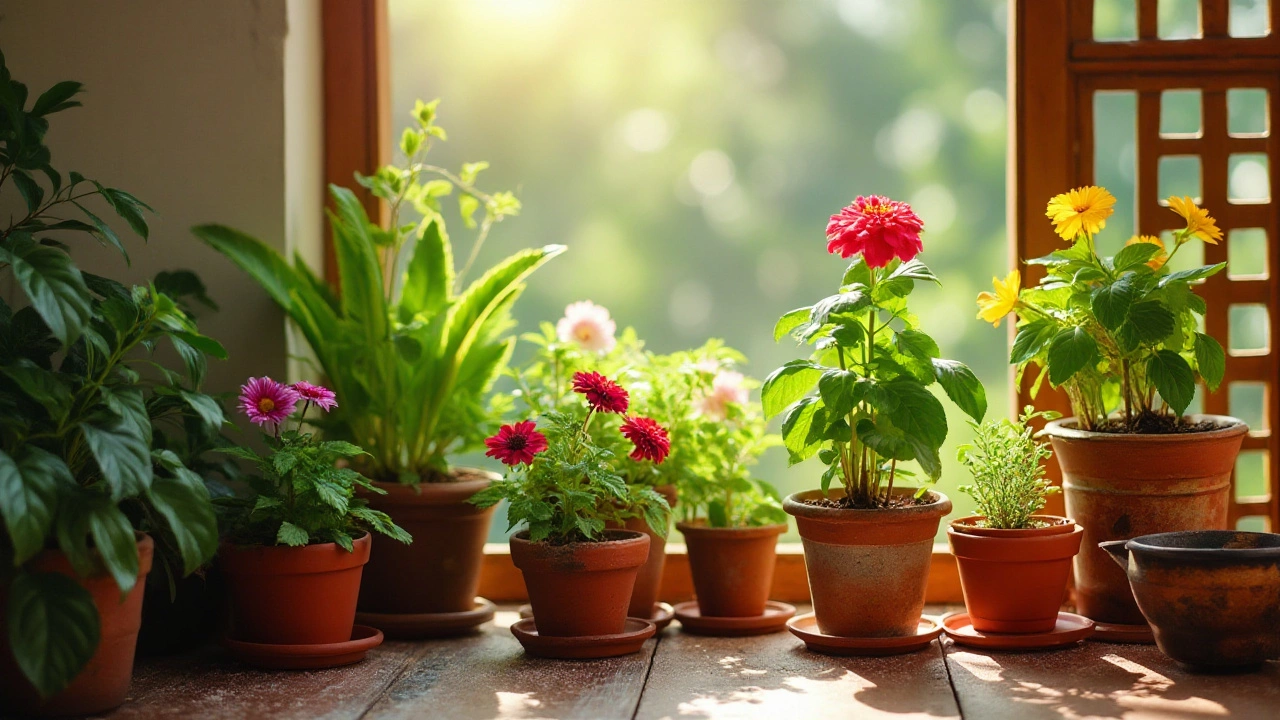Indoor Plant Care Made Easy: Simple Tips for Thriving Houseplants
If you’ve ever wondered why your indoor green buddies look droopy, the answer is usually a simple care slip. Below are the most common indoor plant needs and how to meet them without overthinking.
Watering: Get the Timing Right
Most houseplants prefer consistent moisture but hate sitting in soggy soil. Stick your finger about an inch deep; if it feels dry, water until it drips from the pot’s bottom. Use room‑temperature water and let tap water sit for a few minutes to let chlorine evaporate. In winter, many plants need less water because growth slows down, so check the soil more often than you think.
Light, Soil, and Humidity: The Three Essentials
Light is the number one factor. A sunny windowsill works for succulents, while low‑light spots suit pothos or snake plants. If a leaf turns yellow and stretches toward the light, move the plant to a brighter spot.
Indoor soil should be well‑draining. A mix of peat, perlite, and regular potting compost works for most species. Avoid heavy garden soil—it traps water and roots rot.
Humidity can be a silent killer, especially for tropical plants like ferns. Place a shallow tray of water near the pot or mist leaves once a day in dry rooms. A simple pebble tray also boosts local humidity without extra gadgets.
Fertilizing is easy: feed once a month during the growing season (spring‑summer) with a balanced liquid fertilizer diluted to half strength. Skip feeding in fall and winter; the plants naturally slow down.
When you see new growth, it’s time to think about repotting. Move to a pot 1‑2 inches larger and refresh the soil. This gives roots room to breathe and keeps the plant from becoming root‑bound.
Pests are another common problem. Check the undersides of leaves for tiny insects like spider mites or aphids. A quick spray of water or a wipe with a cotton swab dipped in mild soap usually solves the issue. For persistent pests, a neem oil spray works well without harming the plant.
Finally, pruning helps keep plants tidy and promotes new growth. Cut away dead or yellow leaves with clean scissors. For bushier growth, trim the top tips to encourage side branches.
Putting these steps together turns indoor plant care into a routine rather than a mystery. Water when the soil is dry, give the right light, use well‑draining soil, keep humidity balanced, and watch for pests. Follow these basics and you’ll see healthier leaves, stronger stems, and happier indoor gardens.
Got a specific plant in mind? The same principles apply; just adjust light and water needs to match the species. Happy growing!
How to Take Care of Indoor Plants: Simple Tips for Thriving Houseplants
Discover practical tips on indoor plant care: watering, lighting, humidity, and troubleshooting for healthy houseplants. Keep your indoor jungle thriving.
Do Houseplants Need Misting? Truths About Indoor Plant Humidity Care
Do houseplants really need misting, or is it just another gardening myth? Learn what works, what doesn’t, and how to set up the best humidity for your indoor plants.
How to Tell If Your Houseplant Needs Water: Simple Signs & Expert Tips
Learn to spot when your houseplant is thirsty. Get real tips on how to check soil, leaves, and other signs to keep your indoor plants healthy.
How to Stop Houseplants From Dying: Proven Tips for Thriving Indoor Plants
Discover expert tips to stop your houseplants from dying. Learn about proper watering, choosing the right light, and avoiding common mistakes that kill indoor plants.
White Stuff on Ferns: What It Is and How to Handle It
If you've spotted weird white stuff on your fern, you're not alone—this is a common issue for indoor gardeners. Learn what causes the white fuzz or spots, ranging from harmless mineral deposits to annoying pests or fungus. We’ll break down how to identify what you’re dealing with, why it happens, and how to fix it without making things worse. Get simple, real-life advice to keep your fern happy and healthy. This guide covers everything from prevention to safe cleaning methods.
How Often Should I Water Houseplants? Practical Indoor Plant Care Tips
Struggling to figure out how often your houseplants need water? Here's a guide that cuts through confusing advice and focuses on what actually matters for healthy indoor plants. Get practical tips, learn what signals to watch for, and find out why one schedule doesn’t fit all. You'll also see some common mistakes, plus surprising facts that seasoned plant lovers swear by. Whether you’re a plant newbie or have a full-blown indoor jungle, this is for you.
Best Liquid to Water Plants: What Actually Works?
Trying to figure out if plain tap water is enough for your indoor plants? This article breaks down the reality behind popular liquids like rainwater, filtered water, and even funky options like leftover tea. You’ll get clear advice on what helps plants thrive and what could hurt them. Expect straightforward pros, cons, and honest tips, whether you’re a newbie or someone who treats their monstera like royalty. Skip the myths and get right to the liquid truth.
Using Epsom Salt for Indoor Plant Care: Benefits and Tips
Epsom salt, commonly used in gardening, can also benefit indoor plants by providing essential nutrients like magnesium and sulfur. These elements aid in enhancing plant growth, improving flower blooming, and intensifying leaf color. However, while Epsom salt can be beneficial, it's crucial to use it correctly to avoid potential harm to your plants. This article explores the advantages and proper usage of Epsom salt for indoor greenery, offering tips to integrate it effectively into your plant care routine.
About
Indoor Plant Care, Gardening
Latest Posts
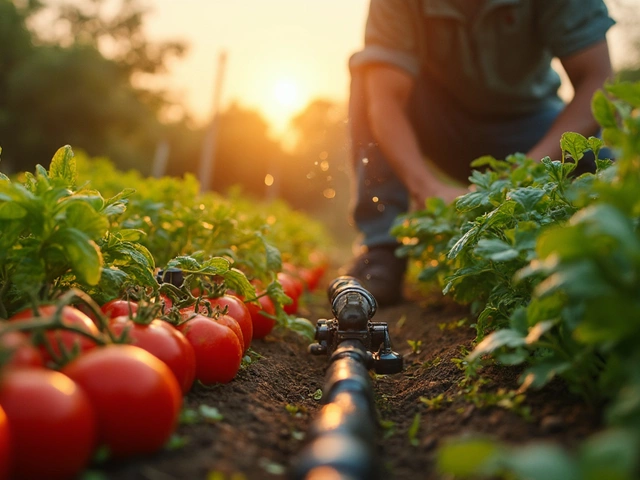
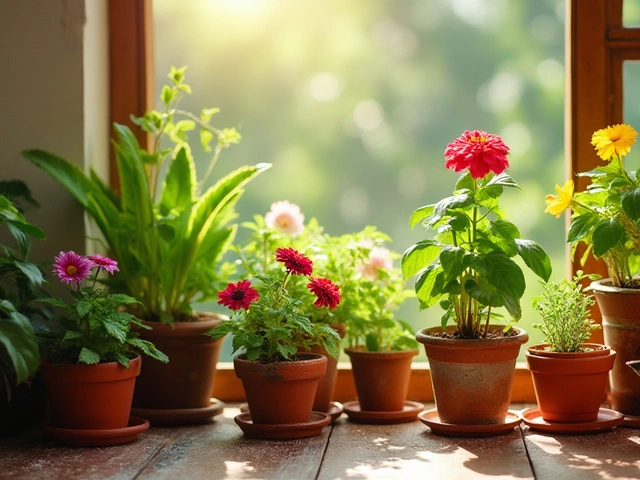
Using Epsom Salt for Indoor Plant Care: Benefits and Tips
By Alden Thorne Dec 23, 2024

Discover India's All-Season Wonder: The Marigold
By Alden Thorne Mar 23, 2025
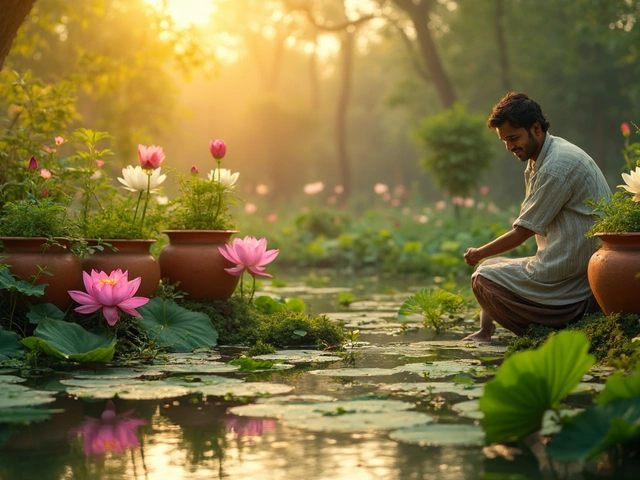
Lotus Lifespan: How Long Does a Lotus Really Live?
By Alden Thorne May 24, 2025

